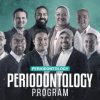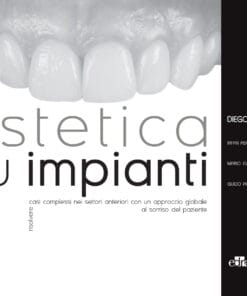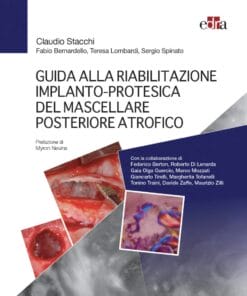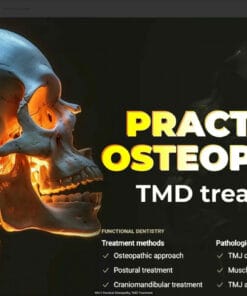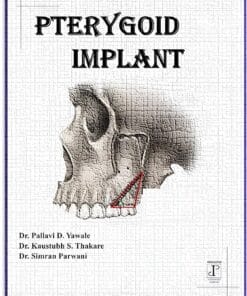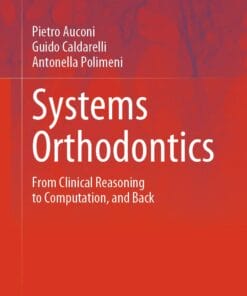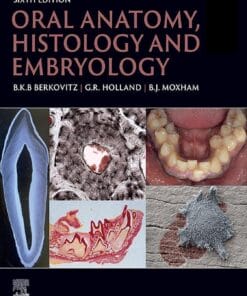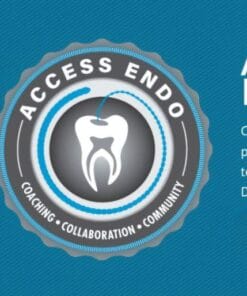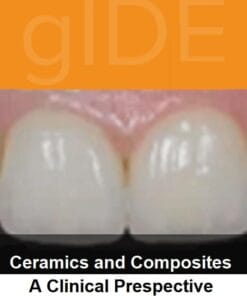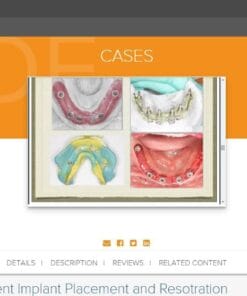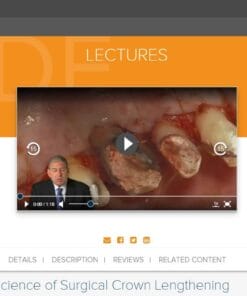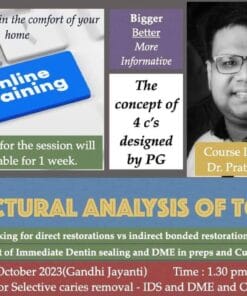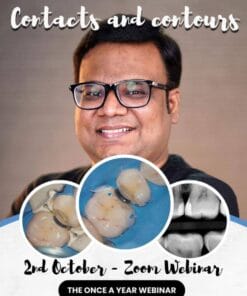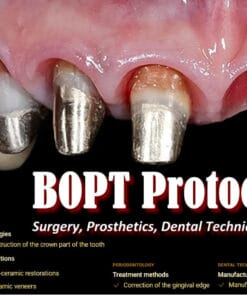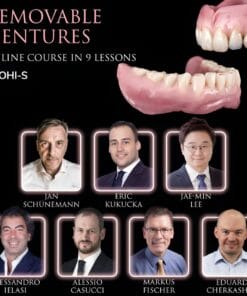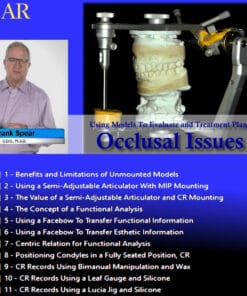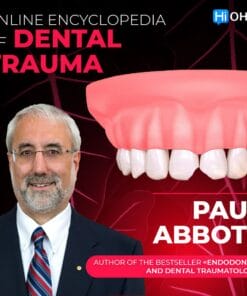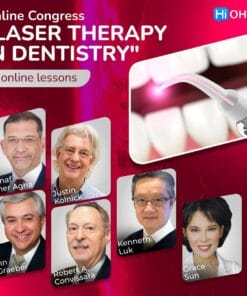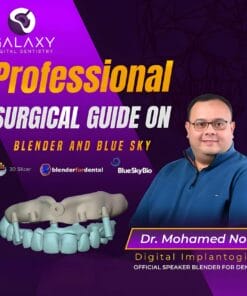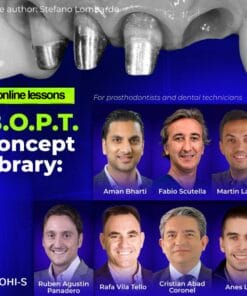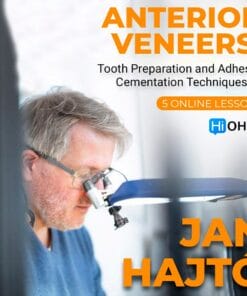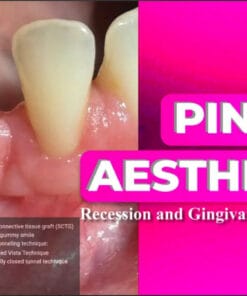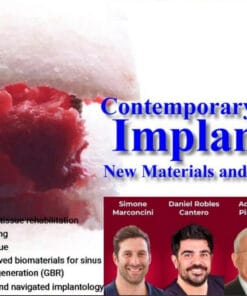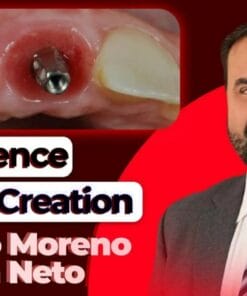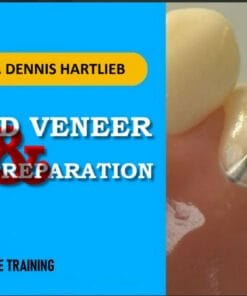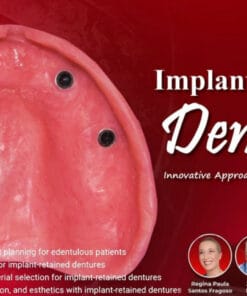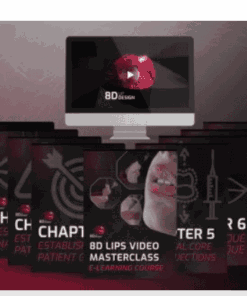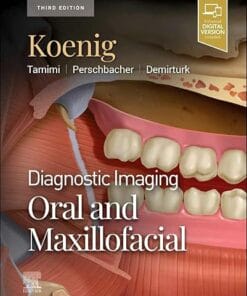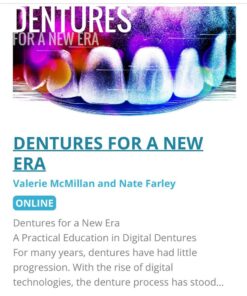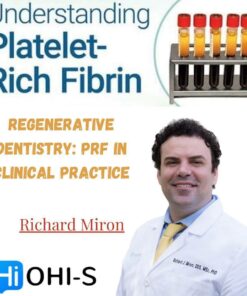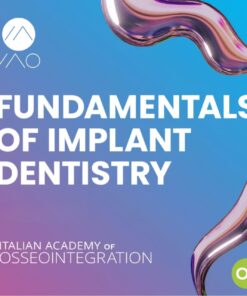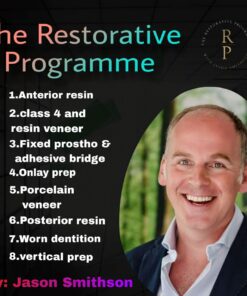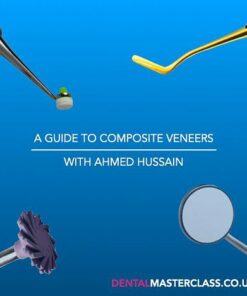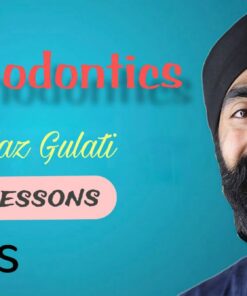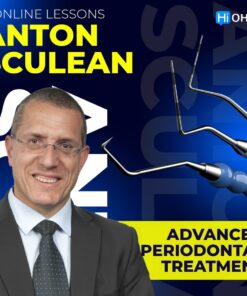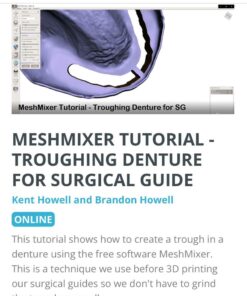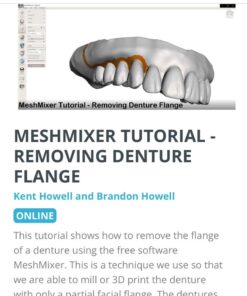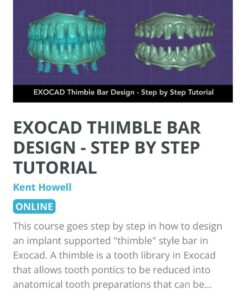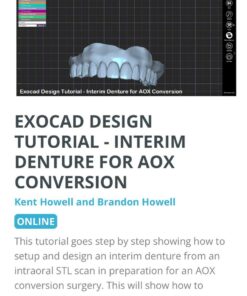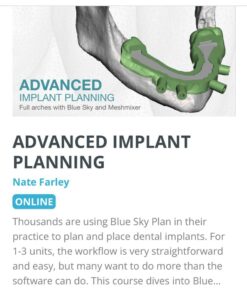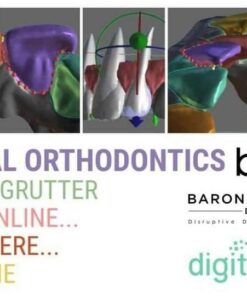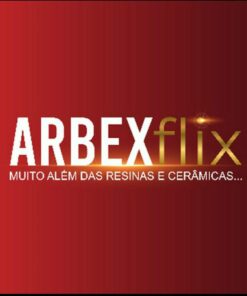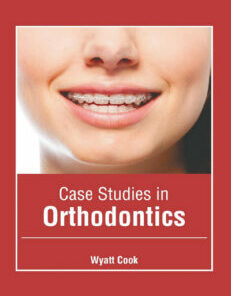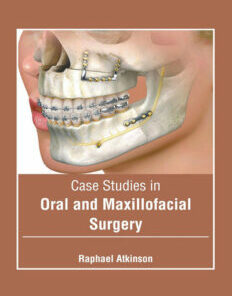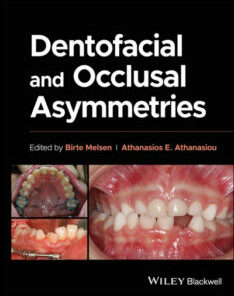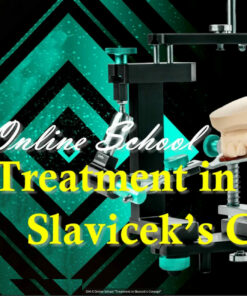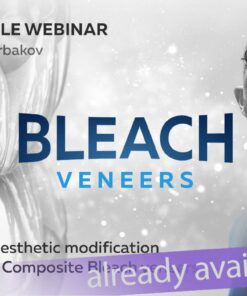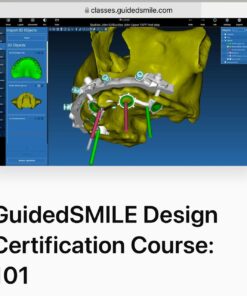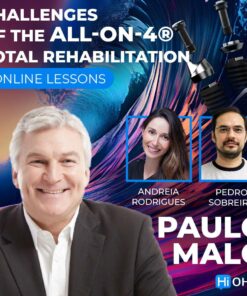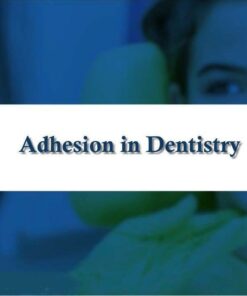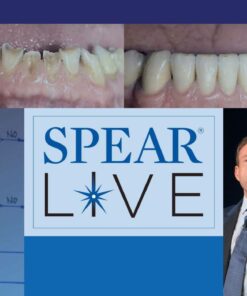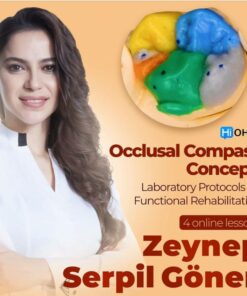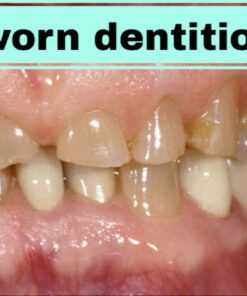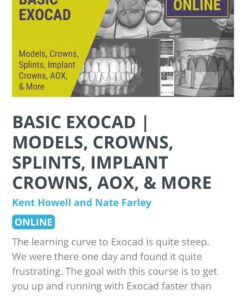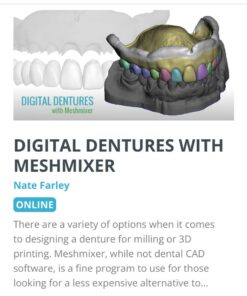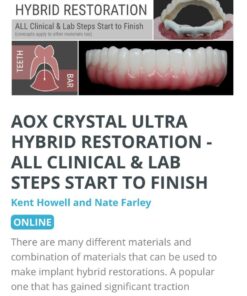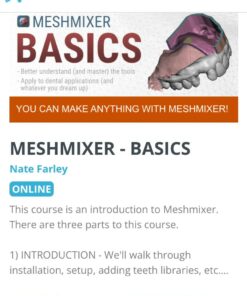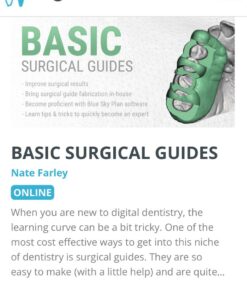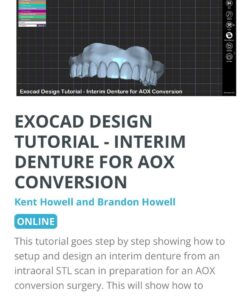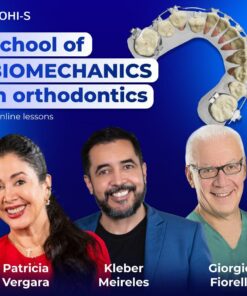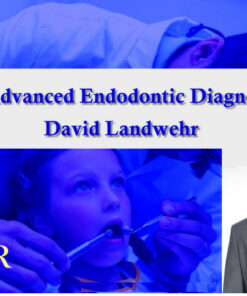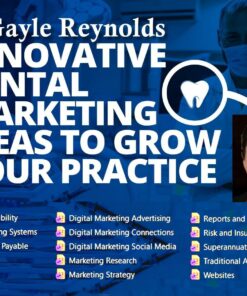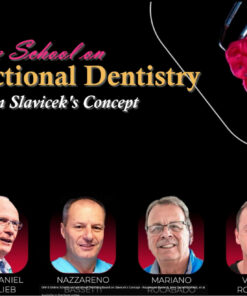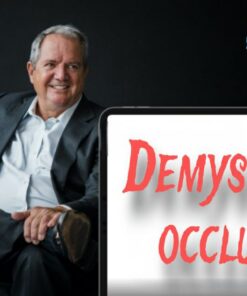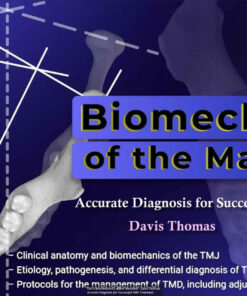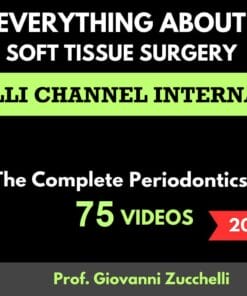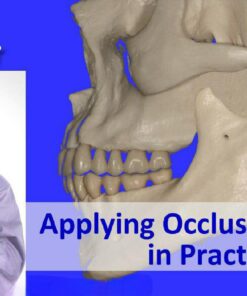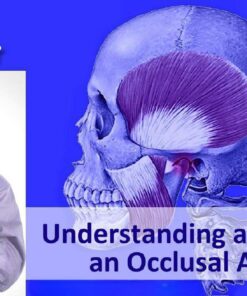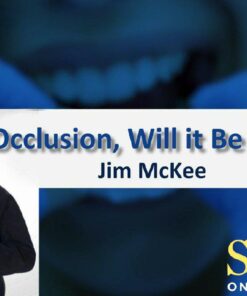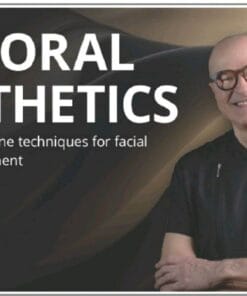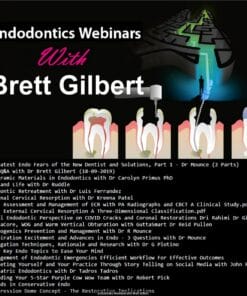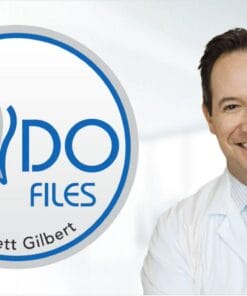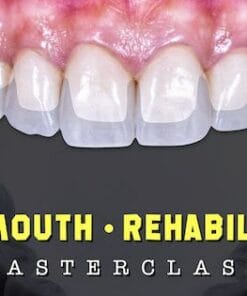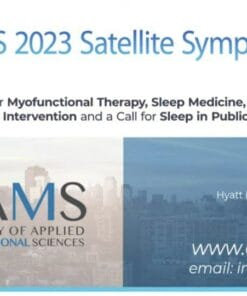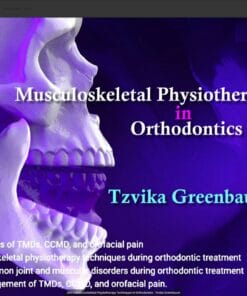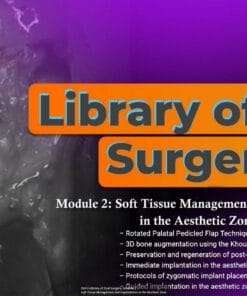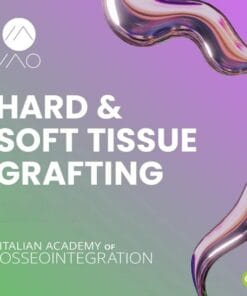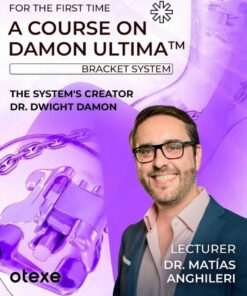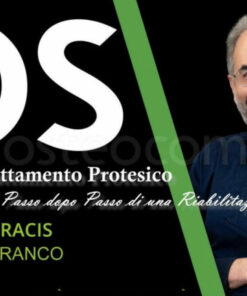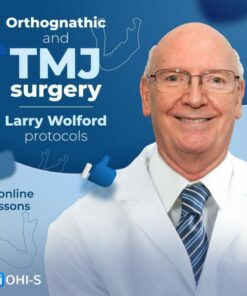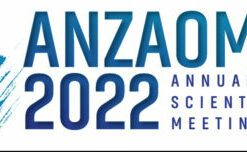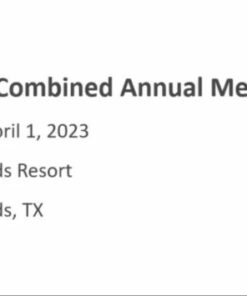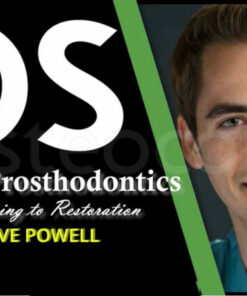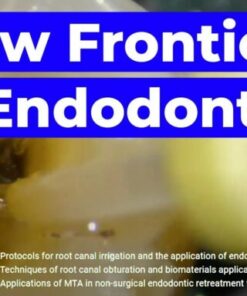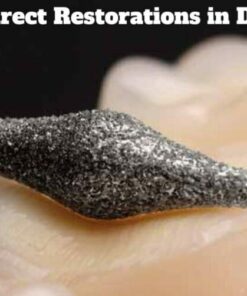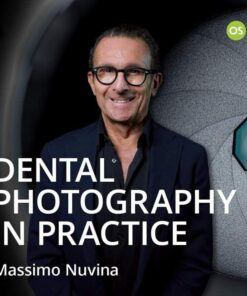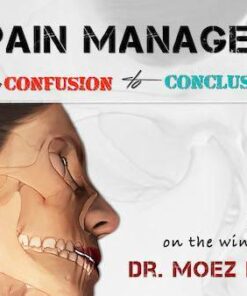Basic Pediatric Dentistry Program ( 20 Credit Hours ) (Course)
20 $
Basic Pediatric Dentistry Program
Basic Pediatric Dentistry Program (20 Credit Hours)
When it comes to pediatric dentistry, dentists need specialized knowledge and skills to effectively treat young patients. This field is challenging, particularly when children are anxious or fearful, but the Basic Pediatric Dentistry Program can help. Presented by leading experts in the field, this program consists of a series of videos covering critical pediatric dentistry topics such as behavior management, drug prescription, local anesthesia, and restorative techniques.
In this article, we’ll explore what this program has to offer and how it can benefit dentists. By watching these videos, dentists can earn up to 20 credit hours, gain valuable insights into the latest techniques in pediatric dentistry, and build lasting relationships with parents.
Behavior Management
Managing children’s behavior during treatment is one of the most critical aspects of pediatric dentistry. The Basic Pediatric Dentistry Program contains several in-depth videos providing guidance on behavior management techniques. Dentists will learn how to create supportive environments for young patients, communicate effectively with parents, and use behavior guidance techniques to reduce anxiety and fear in children.
Drug Prescription
Prescribing medication to children requires specialized knowledge. The Basic Pediatric Dentistry Program dedicates a full video to drug prescription in pediatric dentistry. Dentists will learn about bacterial resistance, drug dose calculation, and the most commonly used drugs in pediatric dentistry, including their indications and contraindications.
Local Anesthesia
Local anesthesia is an essential tool for painless dental treatment in children. The Basic Pediatric Dentistry Program includes a comprehensive video featuring local anesthesia overview, steps for predictable anesthesia, and precautions to avoid complications. Dentists will learn the latest techniques for applying local anesthesia safely and effectively, managing local complications, and avoiding systemic complications.
Restorative Techniques
Restoring primary teeth requires specialized knowledge. The Basic Pediatric Dentistry Program includes several videos that cover ideal cavity preparation for restoration, class II, III, IV, and V cavities in primary molars, restorative materials used in primary teeth, and recent trends in the treatment of advanced carious lesions. Dentists can also learn about silver diamine fluoride, a promising treatment for carious lesions in primary teeth.
Conclusion
The Basic Pediatric Dentistry Program provides dentists with the specialized knowledge and skills required to treat young patients effectively. By earning up to 20 credit hours and gaining valuable insights into behavior management, drug prescription, local anesthesia, and restorative techniques, dentists can build lasting relationships with parents and contribute to the oral health and well-being of future generations.
TOPICS
Basic Pediatric Dentistry Program ( 20 Credit Hours ) ehaviour Management in Pediatric Dentistry - Dr.Marwa Zaghloul Start 1-Introduction And Course Outline-1 (2:30 ) Start 2-Difference Between Children And Adults-4 (6:00 ) Start 3-First Dental Visit-5 (9:59 ) Start 4-Behavior Guidance Techniques (Fearful Child)-6 (10:42 ) Start 5-Behavior Guidance Techniques (Spoiled Child)-7 (7:55 ) Start 6-Dental Environment Effect On Child Behaviour-8 (4:07 ) Start 7-Dentist And Dental Team Effect On Child Behaviour-9 (1:18 ) Start 8-Child Psychological Growth And Physical Condition Effect On Behaviour-10 (14:37 ) Start 9-Parents Effect On Child Behavior--11 (11:55 ) Start 10-Morphology-2 (11:26 ) Start 11-Chronology And Teething-3 (7:22 ) Start Handout Drug Prescription in Pediatric Dentistry - Dr.Mostafa Nabil Start 1-Introduction to Drug Prescription (1:04 ) Start 2-Why are Kids Different In Drugs Prescription? (6:40 ) Start 3- Bacterial Resistance (6:38 ) Start 4-Pediatric Drug Dose Calculation (20:25 ) Start 6 -Tips And Tricks For Drug Calculation (4:50 ) Start 7-The Most Used Drug In Pediatric Dentistry (14:43 ) Start Handout Local Anesthesia in Pediatric Dentistry - Dr. Yehia AlSheltawy Start 1- Introduction (0:43 ) Start 2- Local Anesthesia Overview and Steps for Predictable and Painless Anesthesia (1) (9:26 ) Start 3- Steps For Predictable And Painless Anesthesia 2 (9:36 ) Start 4- Local Complications of Local Anesthesia (2:42 ) Start 5- Systemic Complications of Local Anesthesia (6:40 ) Start Handout Understanding Cariology in Pediatric Dentistry - Dr.Sara Shafiek Start 1 Introduction To Cariology (8:46 ) Start 2 CAMBRA (Caries Management By Risk Assessment) (19:32 ) Start 3 Treatment of early carious lesions (7:15 ) Start Topical Fluoride Forms (11:08 ) Start 5 Non-Flouride Reminiralization (8:03 ) Start 6 Resin Infiltration (4:09 ) Start 7 Pits and fissures sealant (17:29 ) Start Handout Addressing White Spot Lesions in Pediatric Dentistry - Dr.Sara Shafiek Start 1. Introduction (0:18 ) Start 2. Introduction to White Spot Lesions (4:30 ) Start 3. White Lesions Differentiation (9:39 ) Start 4. Special Considerations For WSL After Orthodontic Treatment (0:58 ) Start 5. Minimally Invasive Treatment Options (2:57 ) Start 6. Etch & Mi Paste (5:09 ) Start 7. Etch , Bleach & Seal (3:27 ) Start 8. Resin Infiltration (7:32 ) Start Handout Understanding Restoration of Primary Teeth - Dr.Sara Shafiek Start Introduction to Restoration of Primary Teeth (0:18 ) Start Lecture 1 Ideal Cavity Preparation For Amalgam Restoraton (3:33 ) Start Lecture 2 Class II cavities in primary molars- (8:30 ) Start Lecture 3 Class ( III , IV , V ) cavities in primary molars- (3:35 ) Start Lecture 4 Restorative materials used in primary teeth (13:27 ) Start Lecture 5 Recent trend in Treatment of advanced carious lesions in deciduous teeth (6:57 ) Start Lecture 5' Silver Diamine Fluoride (14:33 ) Start Lecture 6 Traditional Management of Deep Carious Lesions in Primary Teeth (3:05 ) Start Lecture 7 Treatment line decision (5:36 ) Start Handout Understanding Pulp Therapy in Primary Teeth - Dr.Sara Shafiek Start Introduction (0:18 ) Start 1. Traditional Management of Deep Carious Lesions in Primary Teeth (3:05 ) Start 2. Treatment line decision- (5:36 ) Start 3. Indirect Pulp Treatment (9:47 ) Start 3'. Direct Pulp Treatment (6:29 ) Start 3''. Pulpotomy (5:45 ) Start 4. Limitations Of Indirect Pulp Treatment (1:28 ) Start 5. Dressing Materials Of Pulpotomy (8:45 ) Start 6. Alternatives For Formocresol Pulpotony (17:25 ) Start 7. Trials (10:42 ) Start 8. Pulpectomy (4:55 ) Start 9. Irrigants & Obturation Materials (9:53 ) Start 10. Non Vital Pulp Therapy Technique (6:36 ) Start 11. Follow-Up After Pulp Therapy (11:25 ) Start 12. S.S.C. Preparation (6:17 ) Start 13. S.S.C. Size Selection (6:20 ) Start 14. Permanent Teeth Management (5:58 ) Start 15. Direct Pulp Capping In Permanent Teeth (3:41 ) Start 16. Partial Pulpotomy For Carious Exposure (1:35 ) Start 17. Pulpotomy In Permanent Teeth (5:45 ) Start 18. Apexification (8:46 ) Start 19. MTA Apexification Technique (1:46 ) Start 20. Revascularization (12:05 ) Start 21. Pulpotomy Live Demo (8:33 ) Start Handout Understanding Extraction in Pediatric Dentistry - Dr.Sara Shafiek Start 1. Introduction to Extraction In Pediatric Dental Patients 1 (0:01 ) Start 2. Introduction to Extraction In Pediatric Dental Patients 2 (0:36 ) Start 3. Patient Evaluation-3 (3:35 ) Start 4. Tooth Evaluation (8:48 ) Start 5. Armamentarium (2:56 ) Start 6. General Considerations (13:34 ) Start Handout Space Maintenance in Children - Dr. Mina Kamal Start 1-Course Introduction (0:49 ) Start 2-Introduction to Space maintainers (4:34 ) Start 3-Chronology (5:47 ) Start 4-Types of Space maintainers (11:08 ) Start 5-Fabrication of Space maintainers (
Related Products
Dental Ebook And Video
Guida alla riabilitazione implantoprotesica del mascellare posteriore atrofico pdf
Dental Ebook And Video
Oral Anatomy, Histology and Embryology, 6th edition (Original PDF from Publisher)
Dental Ebook And Video
gIDE ondemand lectures – Edentulous Patient Implant Placement and Restoration
Dental Ebook And Video
gIDE ondemand lectures – The Art and Science of Surgical Crown Lengthening
Dental Ebook And Video
Structural Analysis of Tooth – The Concept of 4 C’s by Dr. Pratiek Gupta
Dental Ebook And Video
SPEAR Using Models To Evaluate and Treatment Plan Occlusal Issues – Frank Spear
Dental Ebook And Video
B.O.P.T. сoncept encyclopedia. For prosthodontists and dental technicians
Dental Ebook And Video
Precision in Laminate Ceramic Veneers: Tooth Preparation and Adhesive Cementation Techniques
Dental Ebook And Video
OHI-S Contemporary Advances in Implantology New Materials and Updated Protocols
Dental Ebook And Video
Tomorrow Tooth & OHI-S The 6 Elements of Orofacial Harmony – Lawrence F. Andrews
Dental Ebook And Video
OHI-S Implant-Retained Dentures Innovative Approach to Full-Arch Prosthetics
Dental Ebook And Video
RBB MasterClass,How to Succeed with Resin Bounded Bridges-Jazz Gulati
Dental Ebook And Video
Dental Ebook And Video
OHI-S Centric Relation, all Methods of Registration & Clinical Application
Dental Ebook And Video
Dental Ebook And Video
OHI-S Occlusal Compass Concept: Laboratory Protocols for Functional Rehabilitation
Dental Ebook And Video
AOX Crystal Ultra Hybrid Restoration: All Clinical & Lab Steps Start to Finish
Dental Ebook And Video
Dental Ebook And Video
Innovative Dental Marketing Ideas to Grow Your Practice – Gayle Reynolds
Dental Ebook And Video
OHi-S Biomechanics of the Mandible – Davis Thomas Accurate Diagnosis for Successful TMD Treatment
Dental Ebook And Video
Dental Ebook And Video
FMR – Full Course – Dr. Moez Khakiani (New online version with 2024 updates)
Dental Ebook And Video
OHI-S Musculoskeletal Physiotherapy Techniques in Orthodontics – Tzvika Greenbaum
Dental Ebook And Video
Dental Ebook And Video
Digital Hybrids for Dentists and Technicians Enjoy Tutorials with Exocad
Dental Ebook And Video
OTEXE A Course on Damon Ultima: Bracket System: The System’s Creator Dr.Dwight Damon
Dental Ebook And Video
Southwest Society of Oral and Maxillofacial Surgeons Combined Annual Meeting 2023
Dental Ebook And Video
Osteocom Implant Prosthodontics, from Planning to Restoration – David Powell


